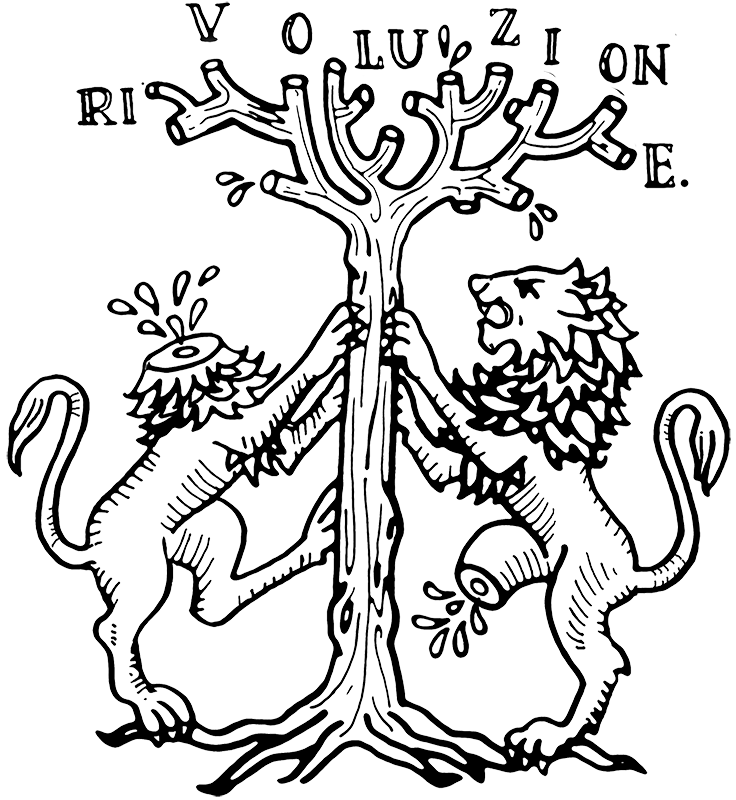




FAMILY CONNECTION
Storia di Una famiglia
Adalberto Abbate
✶
10 05 - 31 07 2019
Organized by Spazio Rivoluzione e Amici dei Musei Siciliani
Palazzo Mirto Museum, Palermo
Discreet spectator of our daily life, the object reflects the needs and aspirations of those who possess and exhibit it. Bulky, eccentric, seductive or so ordinary as to disappear from sight, objects go beyond the boundaries of their inanimate condition, taking on sentimental and emotional values. They talk about affections, sharing, established links and lost relationships, experiences and utopian ambitions.
These fascinating artifacts generate and satisfy illusory needs, they are camouflaged in the flow of our lives, they scream their presence strongly. In a rebound of replicas and alternations, they reflect the history of a family unit and their position within a society, often with their interferences and contradictions.
Ornaments reminding of Il Gattopardo drift from the halls of the feudal high nobility to the salons of the lower middle class, triggering a short circuit that is not easy to solve. In a fusion of status and roles, a plastic object is almost indistinguishable from one made of ivory or fine ceramic; an antique glass bottle is as kitsch as a marlin-shaped aftershave, a less refined serial product.
The bizarre nature of the collection of the Lotà spouses, grandparents of Adalberto Abbate, is at the center of an interesting process of reallocation of meaning. The baroque persuasion machine, with its self-celebrations and redundancies, becomes connected to an era devoted to consumerism – a captivating, hyperbolic and profoundly ephemeral era.
The representative center remains, however - man and objects cannot fail to be charged with emotions and memory. In a sort of role play, a personal animism soon becomes evident. By awakening an ancestral magical-symbolic thought, the artifact - or the serial product - is entrusted with the task of handing down the cultural reality of an era, and not only of a single family.
The presence/absence of the grandfather is expressed, for example, in a simple terrace chair. Positioned in front of the throne of Prince Bernardo Filangeri, it generates a veritable sign reversal.
The role assumed by Stefano Lotà has a strength of an older age. But Lotà's chair is very different from that of the Prince of Mirto. Its simple and worn-out seat recalls a dimension of profound intimacy, although referring to the figure of the head of a family.
The nephew Adalberto Abbate draws from this hybrid of traditional forms and icons of the contemporary imagination. His relationship with the object - selected, manipulated, assembled or built ab initio -always evokes a memory. A living memory that turns into reminiscence.
Whenever an object is rethought, in fact, it is covered by a different semantic and representative value. In a way it is no longer the same object. It's a new story, a new connection.














FAMILY CONNECTION
Storia di Una famiglia
Adalberto Abbate
✶
10 05 - 31 07 2019
Organized by Spazio Rivoluzione e Amici dei Musei Siciliani
Palazzo Mirto Museum, Palermo
Discreet spectator of our daily life, the object reflects the needs and aspirations of those who possess and exhibit it. Bulky, eccentric, seductive or so ordinary as to disappear from sight, objects go beyond the boundaries of their inanimate condition, taking on sentimental and emotional values. They talk about affections, sharing, established links and lost relationships, experiences and utopian ambitions.
These fascinating artifacts generate and satisfy illusory needs, they are camouflaged in the flow of our lives, they scream their presence strongly. In a rebound of replicas and alternations, they reflect the history of a family unit and their position within a society, often with their interferences and contradictions.
Ornaments reminding of Il Gattopardo drift from the halls of the feudal high nobility to the salons of the lower middle class, triggering a short circuit that is not easy to solve. In a fusion of status and roles, a plastic object is almost indistinguishable from one made of ivory or fine ceramic; an antique glass bottle is as kitsch as a marlin-shaped aftershave, a less refined serial product.
The bizarre nature of the collection of the Lotà spouses, grandparents of Adalberto Abbate, is at the center of an interesting process of reallocation of meaning. The baroque persuasion machine, with its self-celebrations and redundancies, becomes connected to an era devoted to consumerism – a captivating, hyperbolic and profoundly ephemeral era.
The representative center remains, however - man and objects cannot fail to be charged with emotions and memory. In a sort of role play, a personal animism soon becomes evident. By awakening an ancestral magical-symbolic thought, the artifact - or the serial product - is entrusted with the task of handing down the cultural reality of an era, and not only of a single family.
The presence/absence of the grandfather is expressed, for example, in a simple terrace chair. Positioned in front of the throne of Prince Bernardo Filangeri, it generates a veritable sign reversal.
The role assumed by Stefano Lotà has a strength of an older age. But Lotà's chair is very different from that of the Prince of Mirto. Its simple and worn-out seat recalls a dimension of profound intimacy, although referring to the figure of the head of a family.
The nephew Adalberto Abbate draws from this hybrid of traditional forms and icons of the contemporary imagination. His relationship with the object - selected, manipulated, assembled or built ab initio -always evokes a memory. A living memory that turns into reminiscence.
Whenever an object is rethought, in fact, it is covered by a different semantic and representative value. In a way it is no longer the same object. It's a new story, a new connection.












